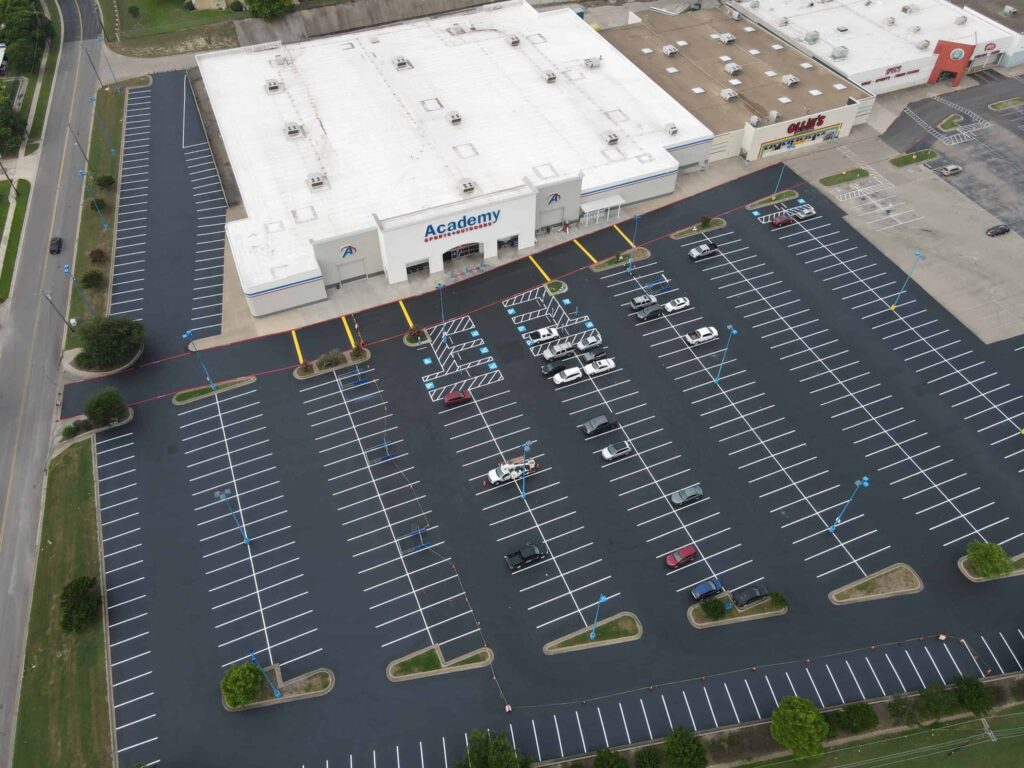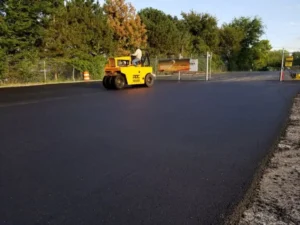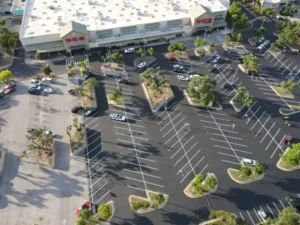
How Does Precipitation Affect Sealcoating Jobs?
In a nutshell, reputable sealcoating contractors will not sealcoat during, immediately after, or immediately before a rainfall. The pavement must be completely dry before applying Austin sealcoating. For example, a heavy rain during the early morning hours may make it impossible to sealcoat the pavement on that day. Furthermore, rain cannot fall during the application or for at least 24 hours after the contractor completes the job. Otherwise, the surface can have an unsightly, mottled appearance, or the rain could completely wash away the uncured sealant.
What Is the Importance of Temperature for Asphalt Pavements?
There are actually two temperatures that asphalt paving maintenance contractors measure to determine whether conditions are suitable. The first is the ambient temperature, which is the temperature of the air above the pavement. The second is the temperature of the pavement’s surface. Contractors should not start to apply a sealcoat unless both temperatures are at least 50 degrees Fahrenheit and rising. It is imperative that neither temperature falls below freezing for at least 24 hours after the contractor completes the application.
How Do Wind and Humidity Affect Sealcoating?
Sealcoats cure by evaporating their water. The temperature plays a major role in the rate of evaporation; the rate increases as temperatures rise. However, the wind speed and relative humidity are also important factors. When humidity levels are high, the air can become too saturated for water molecules to escape from the sealant. A steady breeze of at least 4 mph can move the saturated air away from the pavement to allow more water molecules to escape. Even with sufficient wind, few asphalt paving maintenance contractors will sealcoat if the humidity is above 90%.
Why Does Sunlight Matter When Sealcoating Pavements?
The same UV rays that can leave asphalt pavements dry also help the liquid sealcoat cure. Proper curing requires several hours of exposure to direct sunlight. This is why asphalt paving companies seldom sealcoat at night. The hours of sunlight can also impact the contractor’s ability to apply two coats of sealant and asphalt striping in one day. This may not be a problem in the middle of summer. However, it is often an issue in late autumn or early spring; temperatures are cooler, and the days are shorter.
For Superior Paving Maintenance, Contact RDC Paving
RDC Paving is a Central Texas paving company with an exemplary reputation for quality, service, and integrity. In addition to sealcoating asphalt pavements, we offer asphalt milling and overlaying, parking lot maintenance, asphalt repairs, concrete curbs, asphalt driveway paving, parking lot striping, asphalt paving, concrete repairs, asphalt crack repairs, ADA concrete, and the construction of concrete parking lots, driveways, sidewalks, and ramps. Contact us for a free quote by filling out the online request form. If you prefer, you can reach us by phone at 512-920-9155.




